Premium Only Content
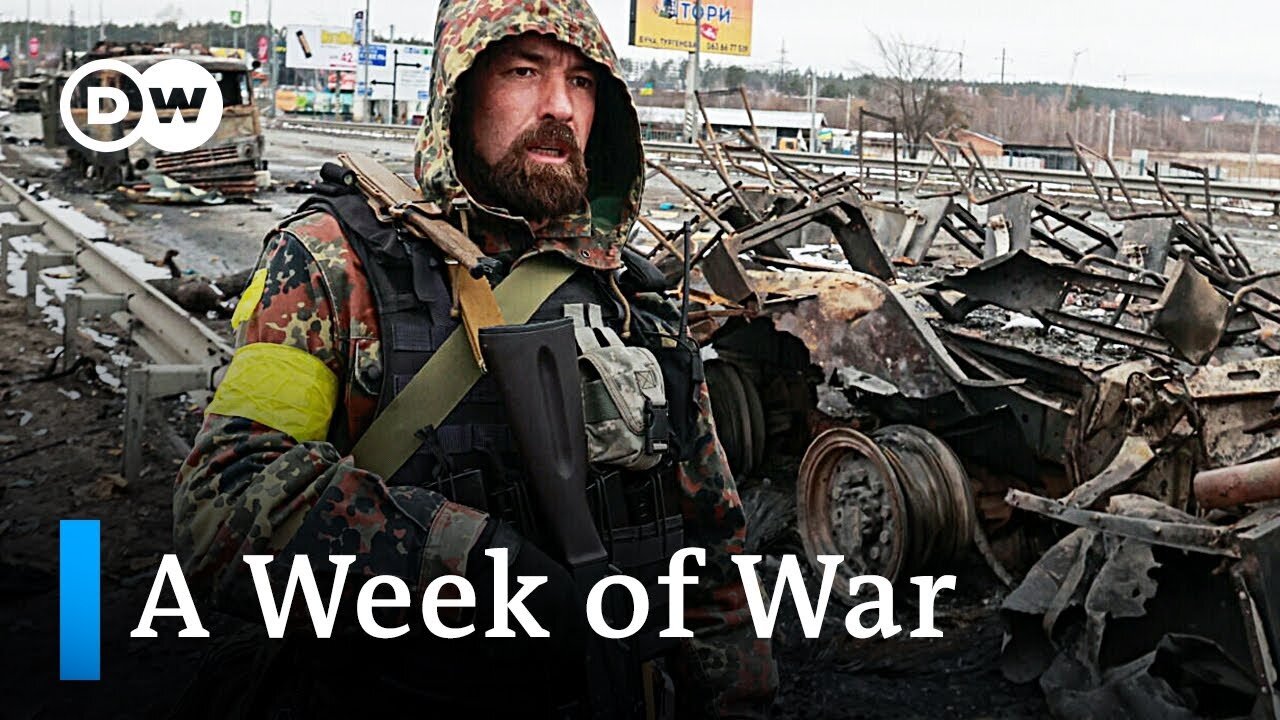
War in Ukraine - A week that shook the world
War in Ukraine - A week that shook the world
Since the first tanks rolled into eastern Ukraine early on February 24, Russia has intensified its attacks across Ukraine. Explosions and shelling have been reported in several major cities, including Kharkiv, Mariupol and the capital, Kyiv. On March 3, Russia announced that its troops had taken control of the strategic city of Kherson, in southern Ukraine. This map shows how far the Russian troops have advanced.
Shortly after the attacks started, people began fleeing Ukraine's cities and villages. They headed overland to neighboring countries in the west and southwest, forming huge lines at the border crossings. The European Union is preparing for millions of refugees to arrive in the bloc and has promised that all war refugees will be accepted.
On March 2, the UN General Assembly overwhelmingly backed a motion to demand that Russia stop its offensive in Ukraine and withdraw all its troops, deploring Russia's "aggression" against Ukraine "in the strongest terms." General Assembly resolutions aren't legally binding.
Russia's military outnumbers Ukraine's in virtually every way — on land, at sea and in the air. The only area where Russia and Ukraine are on par militarily is active personnel. On February 24, Ukrainian President Volodymyr Zelenskyy signed a decree ordering the general mobilization of the population. Conscripts and reservists will be called up over the next 90 days to "ensure the defense of the state, maintaining combat and mobilization readiness." All men between the ages of 18 and 60 have been prohibited from leaving the country.
Prior to Russia's invasion, NATO had already begun building up its presence on Europe's eastern flank. In early February, the US sent additional troops to NATO members in the east. Germany sent troop reinforcements to Lithuania in mid-February. Ukraine is not a member of the NATO security alliance, and Russia has repeatedly demanded guarantees to deny membership for Ukraine. Russian President Vladimir Putin regards the eastward expansion of NATO as a threat to the territorial integrity of the Russian Federation.
The history of the current conflict between Russia and Ukraine dates to the breakup of the Soviet Union in the early 1990s. As Ukraine has oriented itself more toward the European Union, tensions have escalated, particularly since Russia annexed Crimea in 2014 and separatists gained control of Donetsk and Luhansk in the east.
-
 LIVE
LIVE
Vigilant News Network
16 hours agoUK Government BUSTED in Secret Plot to Extract Your Data | Media Blackout
1,561 watching -
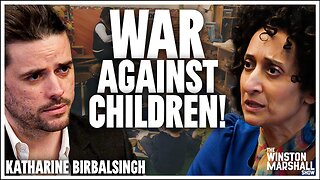 1:03:32
1:03:32
Winston Marshall
3 days ago"War On Children!" The DEMISE Of The West Starts With Schools - Katharine Birbalsingh
127K67 -
 48:02
48:02
Survive History
19 hours ago $9.24 earnedCould You Survive as a Sharpshooter in the Napoleonic Wars?
77.1K3 -
 12:03
12:03
Space Ice
19 hours agoSteven Seagal's China Salesman - Mike Tyson Knocks Him Out - Worst Movie Ever
57.3K19 -
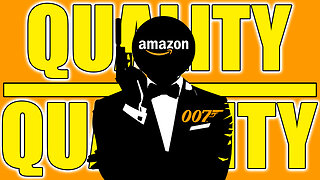 11:37
11:37
Degenerate Jay
19 hours ago $20.69 earnedJames Bond Needs Quality Over Quantity From Amazon
131K13 -
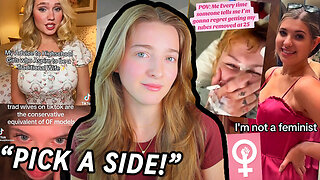 15:23
15:23
Misha Petrov
19 hours agoTrad Wives & Girl Bosses Go to WAR!
93.5K53 -
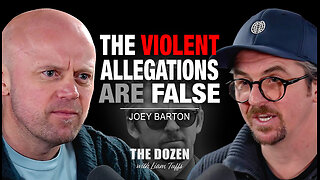 2:03:11
2:03:11
TheDozenPodcast
17 hours agoFootball villain fighting the state: Joey Barton
70.4K1 -
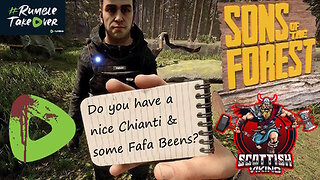 13:18:50
13:18:50
Scottish Viking Gaming
20 hours ago💚Rumble :|: Sunday Funday :|: Smash the Blerps and Vape the Terpes
104K8 -
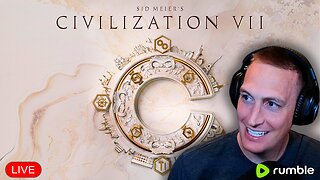 1:45:00
1:45:00
RG_GerkClan
22 hours ago🔴LIVE Sunday Special - It's Time for World Domination - Civilization VII - Gerk Clan
94.2K28 -
 LIVE
LIVE
Major League Fishing
4 days agoLIVE Tackle Warehouse Invitationals, Stop 1, Day 3
97 watching